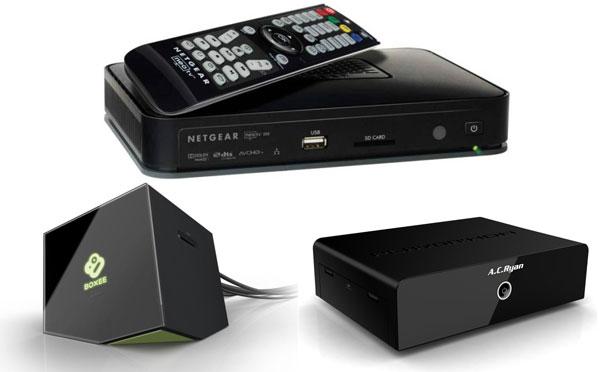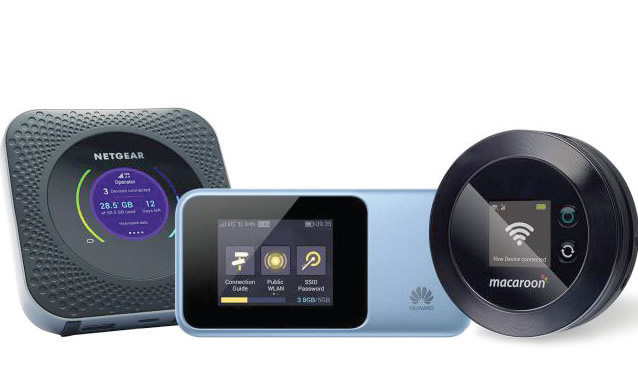Introduction
Portable media players have transformed the way we consume entertainment on the go. These devices are designed to store, manage, and play various forms of media, such as music, videos, and podcasts. With the transition to digital media consumption, portable media players have become essential companions for those seeking a personalized entertainment experience. They offer convenience and freedom, enabling users to carry their favorite content wherever they go.
Historical Development of Portable Media Players
The journey of portable media players began with humble origins, tracing back to early transistor radios and cassette players. The breakthrough came with the Sony Walkman, revolutionizing music listening in the late 1970s. The subsequent shift from cassette tapes to CDs further improved audio quality. The emergence of digital media formats marked another turning point, allowing users to store thousands of songs in pocket-sized devices.
Digital Revolution: Rise of Digital Audio Players
The advent of MP3 players in the late 1990s introduced a new era. Apple’s iPod, launched in 2001, became a cultural phenomenon, altering music distribution and consumption. These devices integrated increasingly sophisticated storage technology, expanding their capacity. The market witnessed a flood of portable media players, each vying for attention.

The Multimedia Experience: Video Capabilities
The multimedia experience expanded as portable media players incorporated video playback. This shift presented challenges in screen technology and battery life. Brands competed to offer better video-oriented devices, foreshadowing the convergence of media players and smartphones.
Wireless Connectivity and Streaming
Portable media players incorporated wireless technologies like Wi-Fi and Bluetooth, enabling seamless content transfer and wireless headphone connections. The rise of streaming services and cloud-based solutions transformed how users accessed content, reducing dependency on local storage.
Form and Function: Design Evolution
The design of media players evolved significantly, considering both aesthetics and usability. Ergonomic designs aimed at user comfort, merging fashion with technology. Touchscreens became a focal point, enhancing user interaction.
Advanced Features and Technological Integration
Media players diversified with touchscreens and accelerometers, branching into e-books, games, and apps. AI and voice assistants enhanced functionality. Moreover, innovations in audio technology improved sound quality and noise cancellation.
Battery Life and Energy Efficiency
Battery life remained a challenge, prompting innovations to extend usage time. Energy-efficient components and software optimizations played a crucial role. Users also adopted strategies to prolong battery life.
Key Factors Influencing Purchase Decisions
Consumers considered price, brand reputation, customer reviews, and storage capacity when choosing a media player. Integration with existing ecosystems also influenced decisions, as users sought compatibility with their devices.
Conclusion
The evolution of portable media players has been remarkable, adapting to changing technologies and consumer preferences. From the early days of music on cassettes to modern multimedia powerhouses, these devices have endured due to their convenience, personalized experience, and evolving features. As technology continues to advance, the future of media players promises further innovation and adaptation to new forms of media and connectivity.




